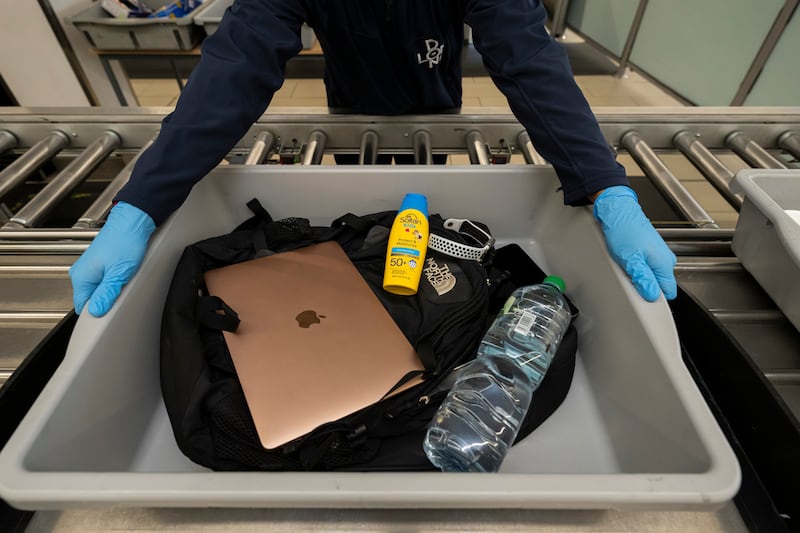London City Airport is the latest travel hub in the UK to scrap the long-standing 100ml liquid limit for cabin baggage.
The airport in the heart of the UK’s capital has introduced state-of-the-art computed tomography, or CT scanners, marking the end of a 16-year-long restriction on liquids.
From Tuesday, all passengers travelling through security at the hub can carry up to two litres of liquid in their hand luggage and leave laptops and other electronic devices in their bags.
The walk-through system is designed to speed up waiting times, with airport officials claiming it will allow staff to process 30 per cent more passengers per hour. It was implemented ahead of a busy weekend of Easter travel in the UK.
With nearly four million passengers expected to travel through London City Airport this year, the hub is the first major UK airport to fully relax the rules on liquids, joining smaller hubs that have trialled it.
How do the scanners work?
CT Scanners use advanced X-ray technology to create layered 3D images of objects that security staff can tilt and rotate to better identify the contents of passenger bags. These new scanners can detect any threats without the need for hand baggage to be unpacked. This means liquids no longer need to be limited to 100ml in size or placed inside clear plastic bags and that laptops, phones and larger cameras can also remain in bags. This should streamline the security process.
Current rules have been in place since November 2006, after British police foiled a plot to smuggle explosives onto planes inside drinks bottles. Medications and baby milk are exempt from the existing rules, but must be declared to security staff.
UK airports to implement 'walk-through' security next year
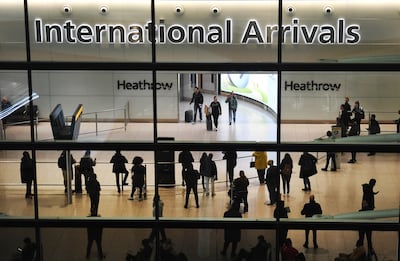
Teesside International Airport in north-east England installed similar scanners last year and became the first UK airport to drop the 100ml limit for liquids.
Trials are also under way at other airports including Heathrow, the country’s busiest, which handled 40 million departing passengers last year.
More airports across the country will roll out the technology over the coming months ahead of the June 2024 deadline set by the UK government for large airports to install the new screening equipment.
“We’re making sure that all major airports across the UK introduce a new generation of sophisticated security technology, and it’s great to see this being harnessed at London City Airport already,” said Minister for Aviation Baroness Vere on Tuesday. "This will reduce queuing times, improve the passenger experience, and most importantly detect potential threats. Passengers travelling from other airports should continue to always check the necessary guidance on security procedures at those airports before travelling."
Ireland, Amsterdam and Australia roll out new scanners
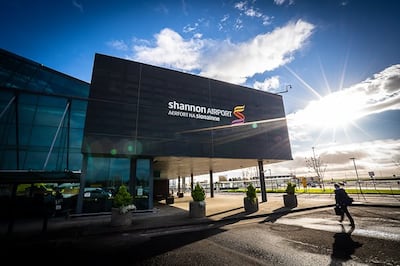
Elsewhere in Europe, the technology has been in operation at some airports since 2021.
Shannon Airport in County Clare was the first in Ireland to introduce the high-tech scanners. Since the implementation 18 months ago, the airport has lifted its ban on liquids and gels bigger than 100ml and can now process 550 passengers per hour, double the previous capacity. Donegal Airport in north-west Ireland has also deployed the technology, and trials are under way at Cork and Dublin airports.
Amsterdam's Schiphol Airport was one of the first major airports in Europe to switch to CT scanners, first trialling the technology in 2015. All departure and transfer filters at Schiphol are fitted with CT scanners, meaning travellers can leave liquids and laptops inside their bags.
However, Dutch airport authorities continue to recommend passengers bring bottles and containers up to 100ml inside a transparent bag in their hand baggage, with bottles above the size only allowed through if approved by the CT scan and a member of the security staff.
“This is a world first. Good news for passengers because they are no longer required to take their liquids and electronics out of their bags when going through security,” said Hedzer Komduur, deputy director of safety, security and environment at Royal Schiphol Group, when the scanners were introduced in Amsterdam in May 2021.
Other airports in Europe have installed the technology in some or all terminals including at Rome-Fiumicino International and Leonardo da Vinci International Airport in Italy. Sweden’s Stockholm Arlanda Airport is preparing to introduce the new technology as part of the opening of Terminal 5 expected this summer and in Spain, international airports in Madrid and Barcelona will implement the new technology by next year.
Australia has also ordered airports to introduce upgraded 3D-scanning security systems, but many hubs have yet to do so. Melbourne Airport is one exception and travellers using the airport's "smart lanes" no longer need to remove laptops from their carry-on bags when passing through security,
Airports in Asia deploy advanced security inspections
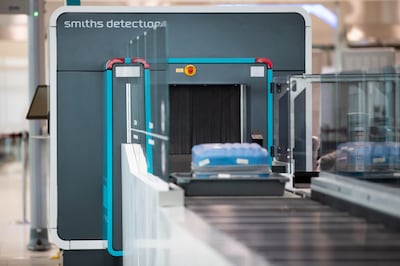
Technology at Tokyo International Airport means security processes are easier. State-of-the-art inspection systems at the Haneda air hub support Japan Airlines' Jal Smart Security programme, which allows travellers to leave liquids and laptops inside carry-on bags when processing through security. Currently, it's only available for domestic flights and selected international services, but this is likely to change in the future.
Similar CT scanning machines are also being rolled out at Incheon International Airport and Jeju International Airport in South Korea.
In December, India's Bureau of Civil Aviation Security said it would mandate the installation of new CT scanners at airports across the country, although no airports currently rely on the technology.
In the UAE, travellers still need to remove liquids from hand baggage. Guidance from Dubai International Airport states that “items should be packed inside one clear, resealable plastic bag, within your hand baggage. Each item can’t be more than 100ml and the total can’t exceed one litre".
In Abu Dhabi, international regulations apply and official guidance states that “liquids must be in containers of a maximum of 100ml, and these should fit into a clear resealable plastic bag of maximum one-litre capacity".
In Qatar, passengers transferring to other flights at Hamad International Airport can leave laptops and liquids inside hand baggage at some of the airport's new screening lanes. The high-tech machines are just one part of the airport's fast-track security system that also allows passengers' belongings to be electronically "tagged" to their boarding cards to make for easier tracking of items.
CT scanners have been installed at Kuwait International Airport's Terminal 2, although liquid restrictions remain.
US regulations for liquids in hand luggage at airports
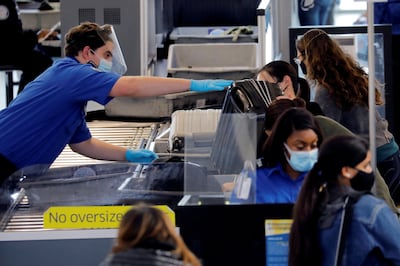
In the US, CT scanners were originally tested at Phoenix and Boston airports and are already in place at several airports including Hawaii's Lihue Airport, Atlanta's Hartsfield-Jackson and Chicago's O'Hare International Airport. Most hubs still require travellers to follow existing security procedures, including 100ml restrictions on liquids. Laptops must also be removed from carry-on luggage unless they are in a dedicated laptop bag.
One way to get around having to pull liquids and electronics from bags when flying in the US is to apply to the agency's TSA PreCheck service, available at certain airports. This expedited security screening process allows travellers to keep electronics and liquids inside carry-on bags, and to clear security without removing shoes, belts and jackets.
TSA previously suggested new technology at airport security would allow it to remove the need for travellers to take liquids and laptops out of hand luggage at airports, but no formal changes have been made yet.
